Before Starbucks…
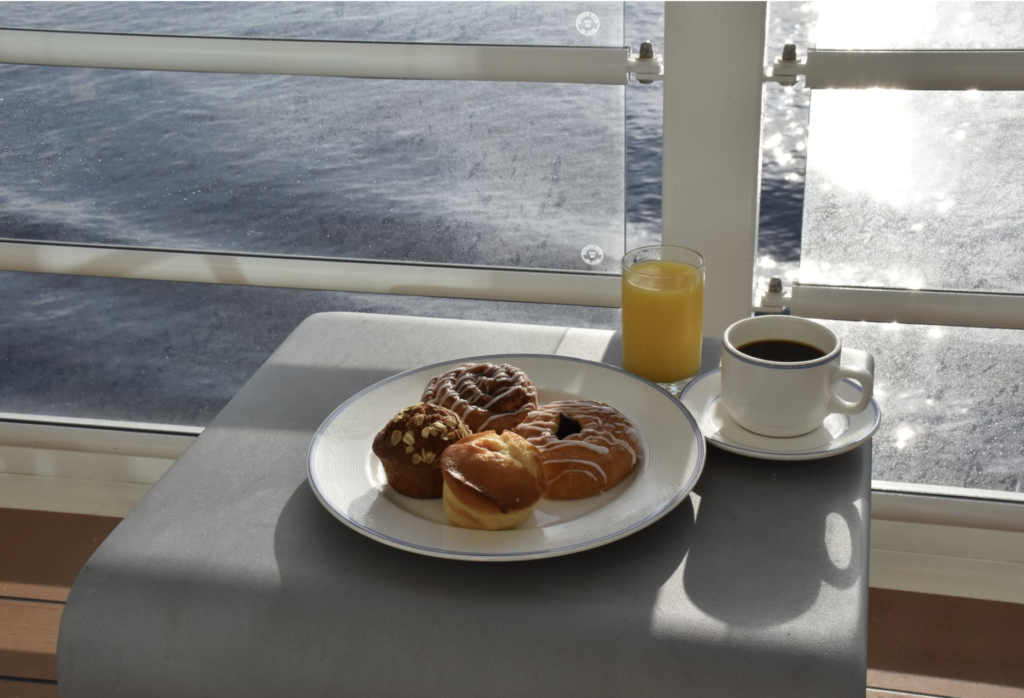
Photo by Marcus Burnette from the WordPress Photo Directory.
We are going to grind down to the core of the high-priced coffee problem today, but first – a bit of history.
Turning back the clock…
Alcohol has been with us since the beginning, but caffeine use is more recent. Chinese consumption of caffeinated tea dates back to at least 3,000 BC. However, the discovery of coffee, with its generally far stronger caffeine content, seems to have occurred in 15th-century Yemen.
Before the Enlightenment, Europeans drank alcohol throughout the day. Then, through trade with the Arab world, a transformation occurred: coffee, rich with caffeine, a stimulant, swept across the continent and replaced alcohol, a depressant.
As writer Tom Standage put it,
The impact of the introduction of coffee into Europe during the seventeenth century was particularly noticeable since the most common beverages of the time, even at breakfast, were weak ‘small beer’ and wine. Both were far safer than water, which was liable to be contaminated… Coffee… provided a new and safe alternative to alcoholic drinks. Those who drank coffee instead of alcohol began the day alert and stimulated, rather than relaxed and mildly inebriated, and the quality and quantity of their work improved… Western Europe began to emerge from an alcoholic haze that had lasted for centuries.”
Coffeehouses quickly became important social hubs where patrons debated politics and philosophy. Adam Smith frequented a coffeehouse called Cockspur Street and another called the Turk’s Head while working on The Wealth of Nations.
Caffeine-Fueled
After the Boston Tea Party, most Americans opted for coffee over tea, raising their caffeine intake. Thomas Jefferson called coffee, “the favorite drink of the civilized world.” Even today, Americans consume three times more coffee than tea. In the words of historian Mark Pendergrast, “The French Revolution and the American Revolution were planned in coffeehouses.”
Caffeine is the most widely consumed psychoactive drug worldwide. Alcohol gave civilization its start, and it certainly helped the species drown its sorrows during the grinding poverty of much of human history. But caffeine gave us Enlightenment and helped us achieve prosperity.
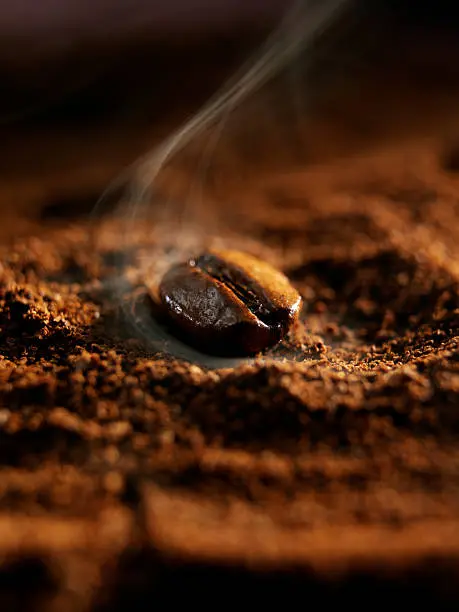
As a young adult, whenever I drove by the Folger’s Coffee processing plant, I was reminded that the aroma of fresh coffee doesn’t hurt the addictiveness much.
Okay, so it’s popular. What makes it expensive?
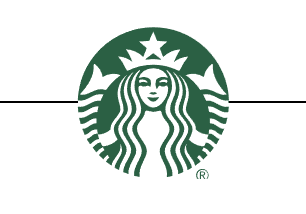
Let’s start with Starbucks. The ubiquitous coffee shop company founded in 1971 has grown to over 36,000 outlets. Coffee is the main draw, although they make a portion of their income from food and some non-food items. And they need to given what they pay their leaders. Fifty year-old Brion Niccol just became the new CEO of Starbucks. His pay package is reportedly worth an unimaginable $113 million, broken down as follows: $75 million in stock grants $28 million in annual pay, and a $10 million bonus. Best of all, Niccol gets to run Starbucks from home in sunny California, only traveling to the company HQ in Seattle as needed. The pay and the perks are mere drops in the bucket for the coffee giant, which added over $21 billion
in market cap after news broke this week that Niccol—dubbed “the LeBron James of the restaurant industry”—was joining Sbux from Chipotle. That’s him, teeing off below.

The former CEO, Laxman Narasimhan, was fired a year after his appointment as CEO. He was also paid quite handsomely to go away – Narasimhan could net between $7.8 million and $13 million for his base salary and annual cash incentive, plus additional compensation.

Of course, Starbucks is not the only reason coffee is expensive. Several additional factors contribute to the high cost of coffee:
1. Coffee Bean Origin and Quality
- Specialty Coffee: High-quality beans grown in specific regions (like Ethiopia, Colombia, or Jamaica) are often more expensive due to their unique flavors and limited supply.
- Organic and Fair Trade: Certifications like organic or fair trade ensure ethical practices and better quality, which can raise prices.
2. Production Costs
- Labor-Intensive Farming: Coffee farming requires significant manual labor, especially for hand-picking the best beans.
- Processing: After harvesting, beans undergo processes like washing, drying, and roasting, all of which add to the cost.
3. Global Supply Chain
- Transportation: Coffee is often grown in remote, mountainous regions, so transporting beans to international markets adds to the cost.
- Export and Import Taxes: Some countries impose tariffs on coffee, further increasing the price.
4. Market Demand and Speculation
- High Demand: Coffee is one of the most consumed beverages globally, leading to high demand, especially for premium varieties.
- Market Speculation: Like many commodities, coffee prices can be influenced by speculation in global markets, causing fluctuations.
5. Climate and Environmental Factors
- Climate Change: Coffee plants are sensitive to climate, and changes in weather patterns can reduce yields and make coffee more expensive.
- Diseases and Pests: Issues like coffee leaf rust or pests can devastate crops, leading to lower supply and higher prices.
6. Roasting and Branding
- Artisanal Roasting: Small-scale roasters often charge more for their coffee due to the care taken in the roasting process.
- Branding and Packaging: Premium brands invest heavily in marketing, packaging, and creating a luxury experience, which is reflected in the price.
7. Economic Factors in Producing Countries
- Currency Fluctuations: The value of the local currency in coffee-producing countries can affect prices, especially if the currency weakens against the dollar.
- Economic Stability: Political instability or economic challenges in producing countries can disrupt supply chains and increase prices.
Together, these factors create a complex ecosystem that can make coffee an expensive commodity, especially for premium or specialty varieties.
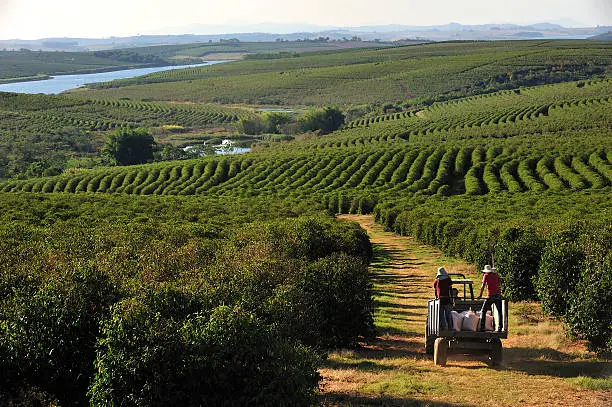
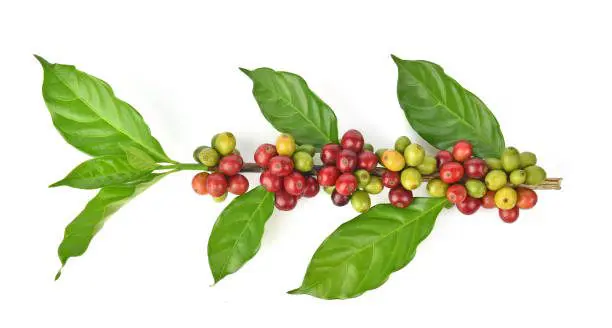
| For an Extra Credit look at the multiple labor inputs adding to the cost of a coffee bean near you, check out this video. |
The world’s best coffees are often judged based on flavor complexity, aroma, body, acidity, and the quality of the beans. All of those elements add cost.

Welcome to 3-Minutes A Day University, where you can learn a little about a lot of things every day in three minutes or less. We help you expand your knowledge and understanding of the real world, and 3-MAD University is tuition-free. Our wide-ranging syllabus includes a fascinating insight into topics including Health and Medicine, Science, Sports, Geography, History, Culinary Arts, Finance and the Economy, Music and Entertainment, and dozens more. You will impress yourself, your friends, and your family with how easy it is to learn facts and perspectives about the world around you. One topic you will never find covered is politics. We hope you enjoyed the previous three minutes. If you liked this post, please pass it along to a friend.
Was this email forwarded to you? Subscribe Here.
© Copyright 2024. 3-Minutes A Day University All Rights Reserved. Unsubscribe
